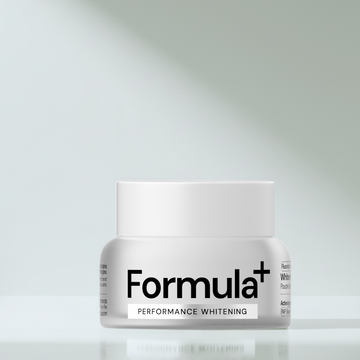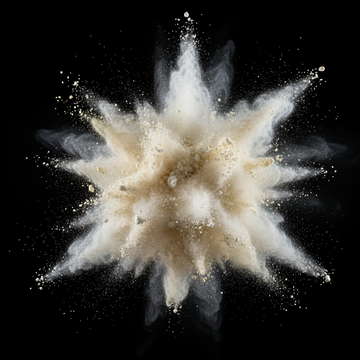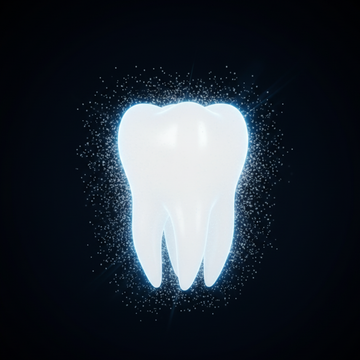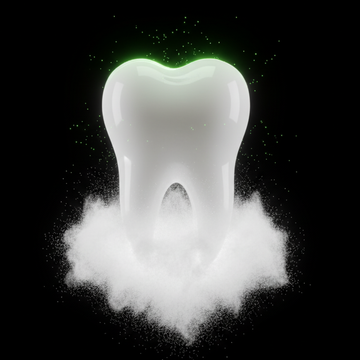Making the Choice Clear
Throughout this series, we have explored the science behind the ingredients in your toothpaste, uncovering the risks of conventional formulas and the advanced benefits of modern, biocompatible alternatives. We've seen how ingredients like fluoride, SLS, and harsh abrasives represent a dated approach with significant compromises. We've also learned how nano-Hydroxyapatite, Xylitol, and Potassium Nitrate offer a smarter, safer, and more effective way to achieve optimal oral health. To make the choice crystal clear, this post puts them side-by-side in a simple, direct comparison.
The Comparison Table
The table below distills all the information from the previous posts into an at-a-glance summary. It moves beyond marketing claims to compare the two philosophies of oral care based on their core function, mechanism, and safety profile. For the busy, health-conscious consumer, this provides the essential information needed to make a quick and confident decision.
| Feature | Typical Conventional Toothpaste | Formula Plus |
| Primary Active Agent | Sodium Fluoride | Nano Hydroxyapatite (n-HA) |
| Mechanism | Forms an artificial, acid-resistant layer (fluorapatite) on enamel. | Directly integrates with enamel to restore its natural mineral structure. Biomimetic and restorative. |
| Safety Profile | Carries a risk of dental fluorosis in children and potential toxicity concerns if swallowed. | Non-toxic, biocompatible, and safe for all ages. No risk of fluorosis. |
| Foaming Agent | Sodium Lauryl Sulfate (SLS) | Gentle, non-irritating alternative |
| Potential Side Effects | Can cause canker sores, mucosal irritation, and strip the mouth's protective lining. | Soothing and safe, even for the most sensitive mouths. Supports oral tissue health. |
| Antibacterial Support | Triclosan (in some older/banned formulas) | Xylitol |
| Health Concerns | Triclosan is linked to endocrine disruption and antibiotic resistance. | Xylitol selectively targets harmful bacteria, supporting a healthy and balanced oral microbiome. |
| Sensitivity Relief | Often requires a separate, specialized formula. | Potassium Nitrate (Integrated) |
| Mechanism of Relief | Calms the tooth's nerve directly to prevent pain signals from firing. Addresses the symptom. | Addresses both the symptom (nerve-calming) and the cause (enamel repair with n-Ha). |
| Abrasivity | Can be highly abrasive (high RDA), leading to enamel erosion and yellowing over time. | Low Abrasivity (Low RDA) |
| Effect on Enamel | Risk of permanent enamel loss from mechanical scrubbing. | Gently cleans and polishes without damaging precious enamel. |
Elaborating on the Key Differences
As the table shows, every choice made in formulating a toothpaste has a consequence. While conventional toothpastes rely on fluoride, which is effective but carries risks , Formula Plus uses nano-Hydroxyapatite to achieve the same or better remineralization safely and naturally. Instead of the harsh detergent SLS, which is linked to irritation and canker sores , Formula Plus uses a gentle cleanser that respects the delicate balance of your oral tissues. Rather than a "scorched earth" antibacterial like Triclosan , it uses Xylitol to intelligently manage the oral microbiome. And instead of forcing a choice between sensitivity relief and enamel repair, it combines Potassium Nitrate and nano-Hydroxyapatite for a complete solution. Finally, by ensuring a low RDA value, Formula Plus cleans effectively without causing the abrasive enamel damage that can lead to long-term sensitivity and discoloration.
Conclusion: It's Not Just Different, It's Better
The choice is clear. It is the difference between an older technology with known compromises and a modern, scientifically advanced formula designed from the ground up for optimal health, safety, and performance. Formula Plus isn't just a different toothpaste; it's a better one.










